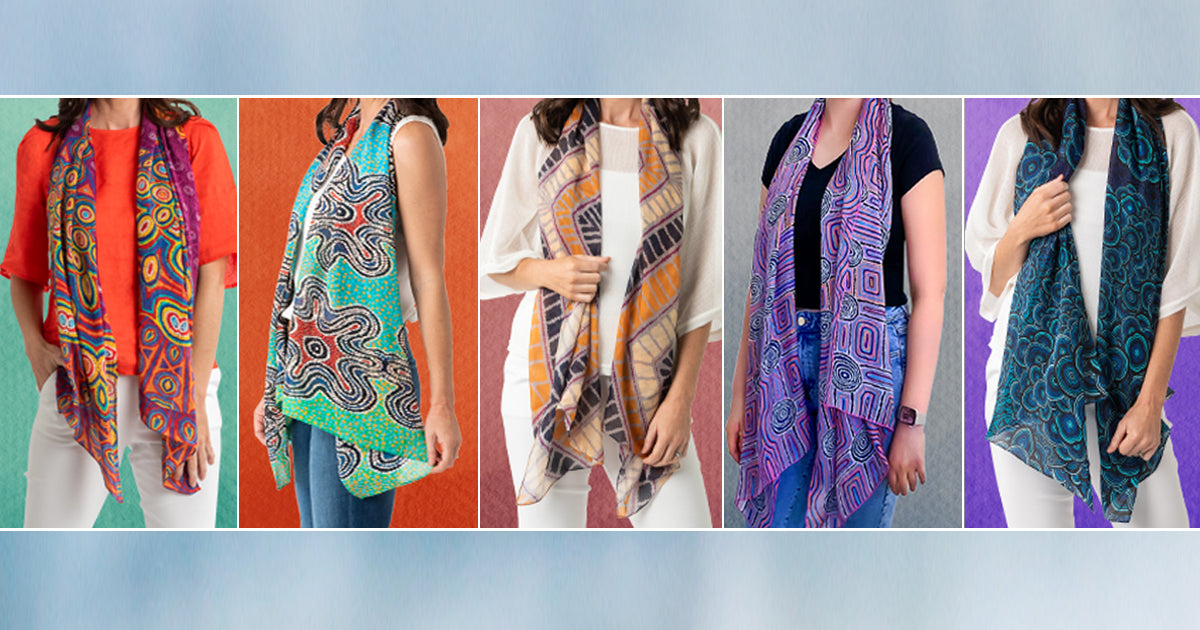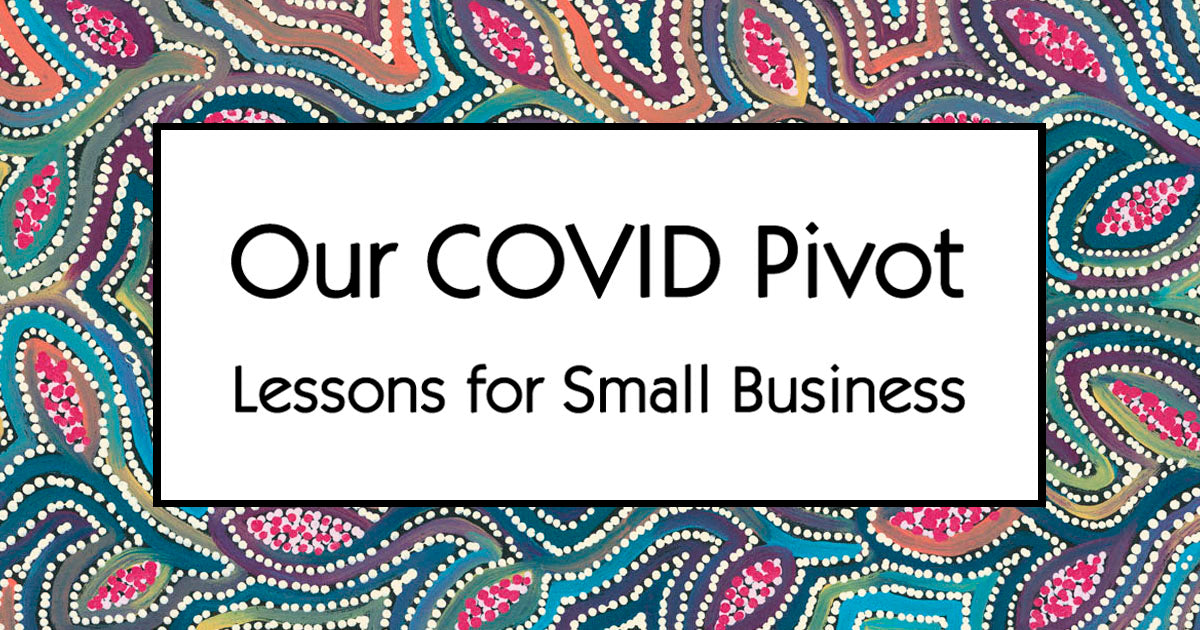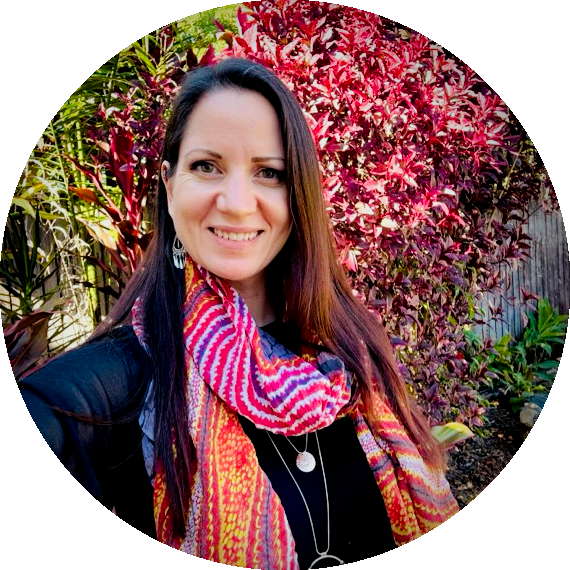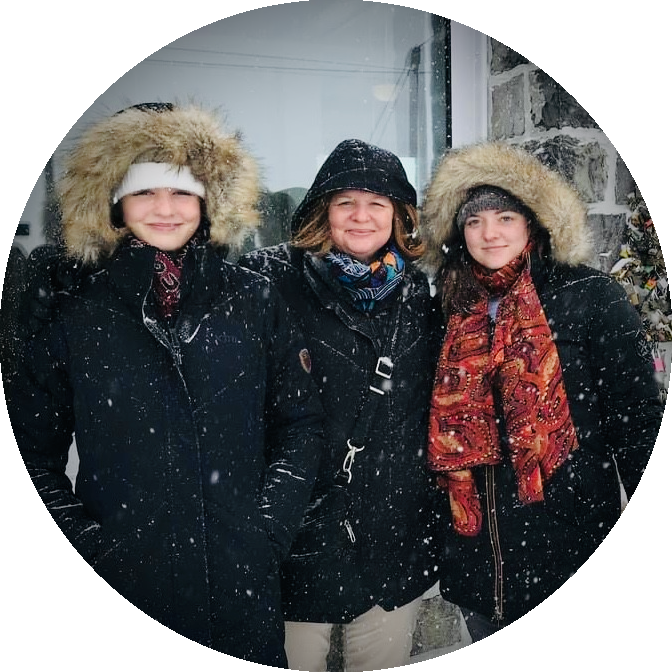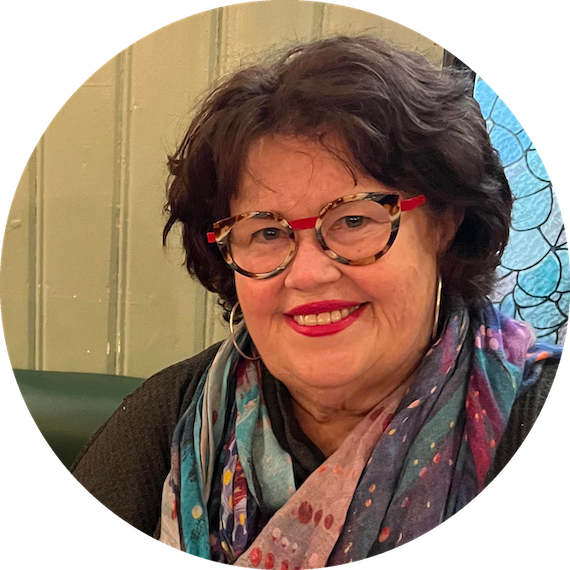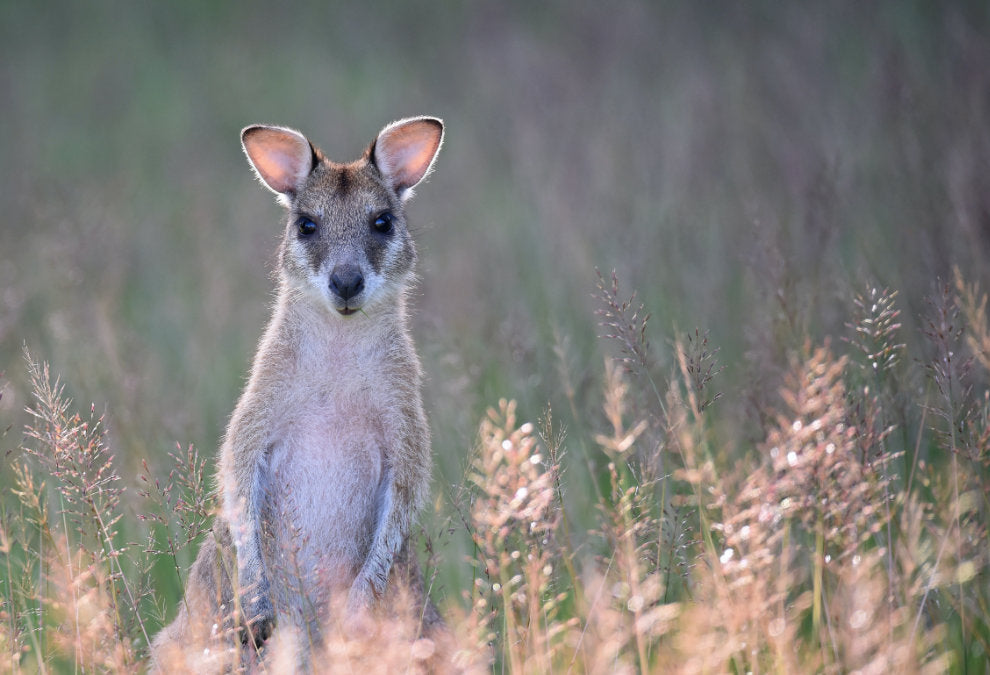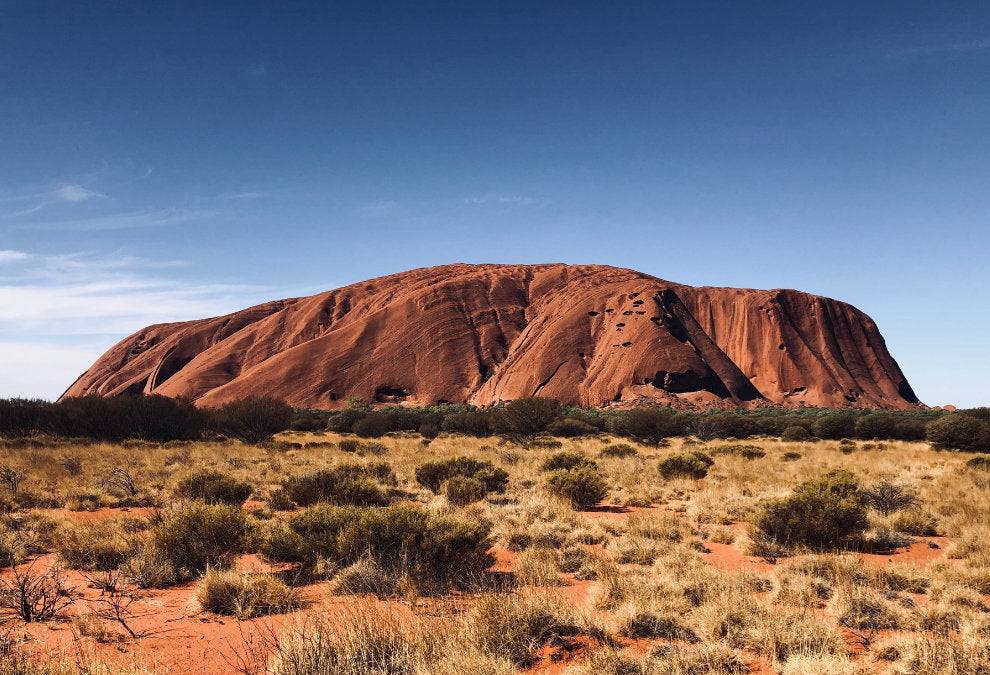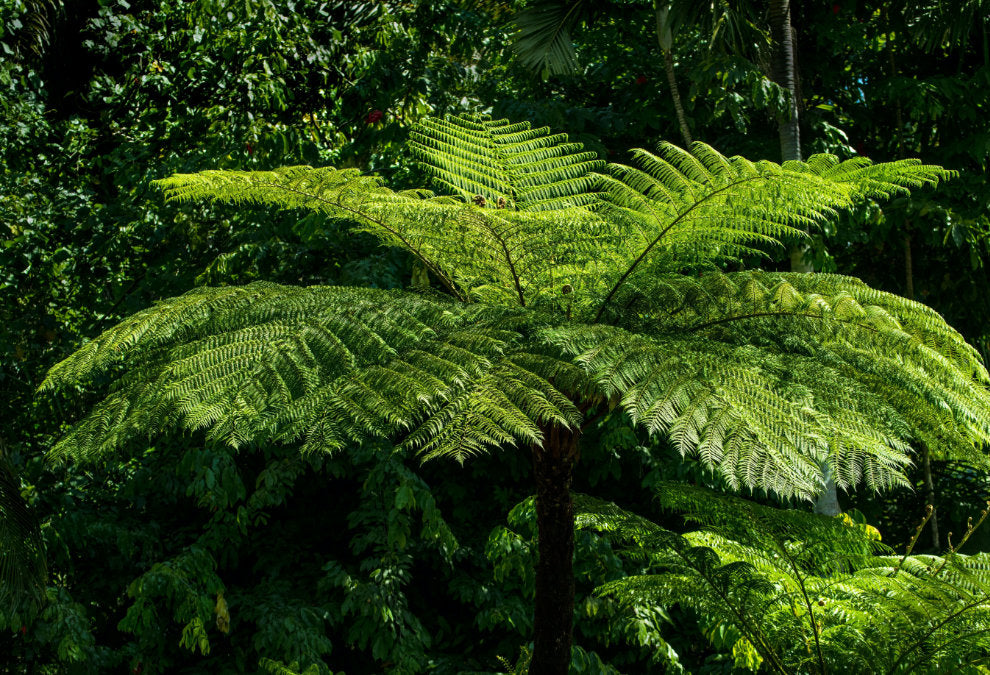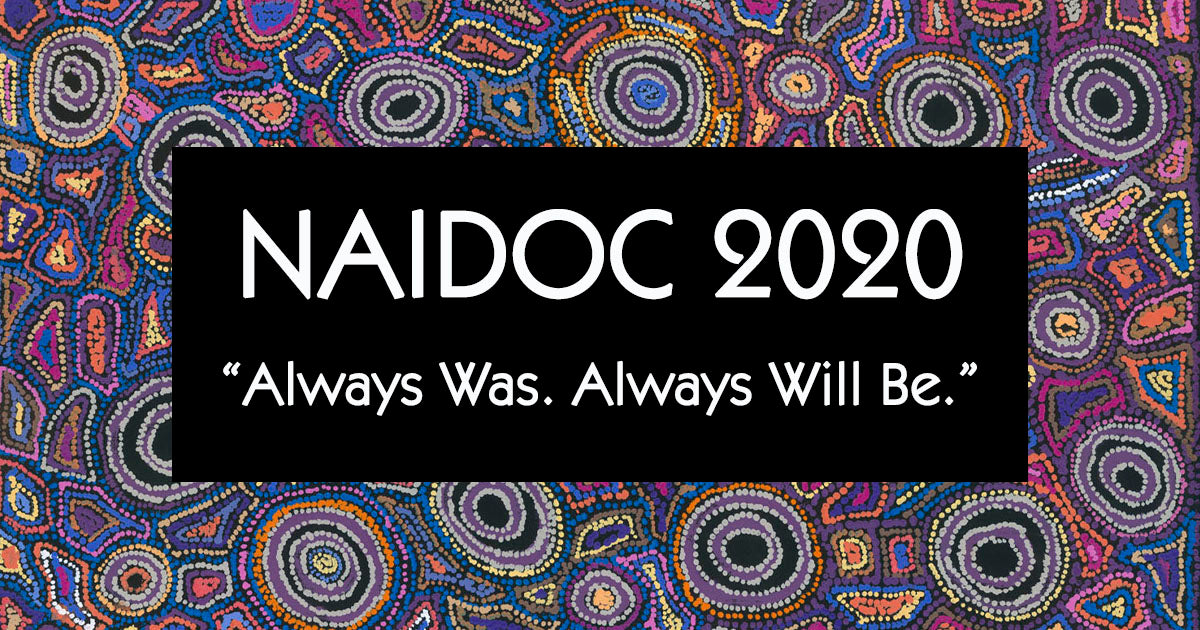
NAIDOC 2020
From the 8th to the 15th November, Australians will commemorate NAIDOC Week. This year’s theme is “Always Was, Always Will Be.”
NAIDOC Week is an opportunity for Australians to celebrate and acknowledge that our vast island continent is home to the world’s oldest living culture.
It is believed that the Australian Aborigines were among the first groups of humans to leave Africa around 70,000 years ago. From Africa, they ventured across previously untraversed territories in Asia, before making their way to Australia by sea.
Over the ensuing millennia, Australia’s Aboriginal people established their presence and spanned out across the entire continental land mass. Their isolation for the rest of the world allowed them to live relatively undisturbed until the arrival of European seafarers early in the seventeenth century.
The first known landing in Australia by Europeans was made by Dutch navigator, Willem Jansz in 1606. The First Fleet of British ships arrived in 1788.
When the British first arrived in the late eighteenth century, it is estimated that there were around one million Aboriginal people living in Australia. At this time, the Aboriginal population was comprised of around 250 individual nations, each with its own language, lores and customs.
Due to the vastness of inland Australia, first encounters between Aborigines and Europeans continued to occur well into the twentieth century with one of the last groups, known as the Pintupi Nine, not making contact with white people on their traditional homelands in the Western Desert region of Australia until 1984.
Across the extensive and sparsely populated desert regions in the centre of the continent, the traditional Aboriginal people continue to this day to maintain a strong spiritual and cultural connection to their ancestral homelands.
The Mainie fashion label is founded on a commitment to support Aboriginal women living in isolated communities in Central Australia. Through our creative collaborations with Aboriginal art centres, we provide opportunities for women artists to earn an independent income from their own work and to preserve their unique cultural heritage for future generations.
The authentic Aboriginal artwork featured in Mainie’s Central Desert fashion collection is ethically acquired from the world acclaimed Warlukurlangu art centre. Established in 1987 in the former mission community of Yuendumu, around 300 kilometres north west of Alice Springs, Warlukurlangu has long been an important stronghold for the preservation of the culture and language of the Warlpiri Aboriginal people.
Due to the inaccessible nature of their tribal territories in the remote Tanami Desert region, the Warlpiri were among some of the last Aboriginal people in Australia to make their first contact with Europeans.
Today, the Warlpiri continue to live much as their ancestors did long before the coming of white people. They maintain their traditional culture, speak their own language, and still have a strong physical and spiritual bond to their hereditary homelands.
Each piece in the Mainie fashion collection brings to life an ancient Dreaming story that has been handed down to the artist by her ancestors over tens of thousands of years. The stories are as old as time itself and keep alive the Warlpiri culture for successive generations.
All Aboriginal artworks featured on Mainie’s distinctively Australian fashions are ethically acquired in accordance with the Indigenous Art Code. The Aboriginal artists retain the copyright to their designs and receive royalties from every Mainie sale.
At Mainie we are proud to celebrate the remarkable endurance of Australia’s unbroken Aboriginal cultural heritage for over 65,000 years.

